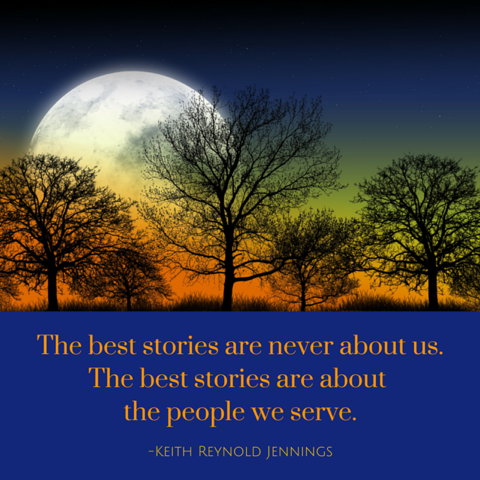Have you seen the video of Bob Dylan flipping through signs to his song, Suberranean Homesick Blues? It was the opening scene in D.A. Pennebaker’s classic documentary, Don’t Look Back. Here it is:
When it comes to quickly telling a story or communicating a message through video, let this concept of using word collages inspire you.
I would like to share two recent examples of this. Feel free to steal this idea!
My company, Jackson Healthcare, needed a short video to play at our annual corporate kickoff meeting. The job of the video was to capture the spirit of our corporate culture and our mission to improve the lives of everyone we touch.
Here is how Thomas Starr, Kyle Shattles and Kelli Straub used a Dylan-like word collage and our associates to achieve this:
A month later, we were asked to create a video to kickoff the Association for Community Health Improvement’s annual conference. The job of that video was to quickly tell the story of our national awards program and feature the 10 winning hospital programs. Thomas and Kelli created this:
As you can see, these simple videos use word collages to build a narrative. And it’s been very effective.
If you have questions about how to do this, or want help, I encourage you to reach out to Thomas Starr. I’m blessed to get to work with him every day!

